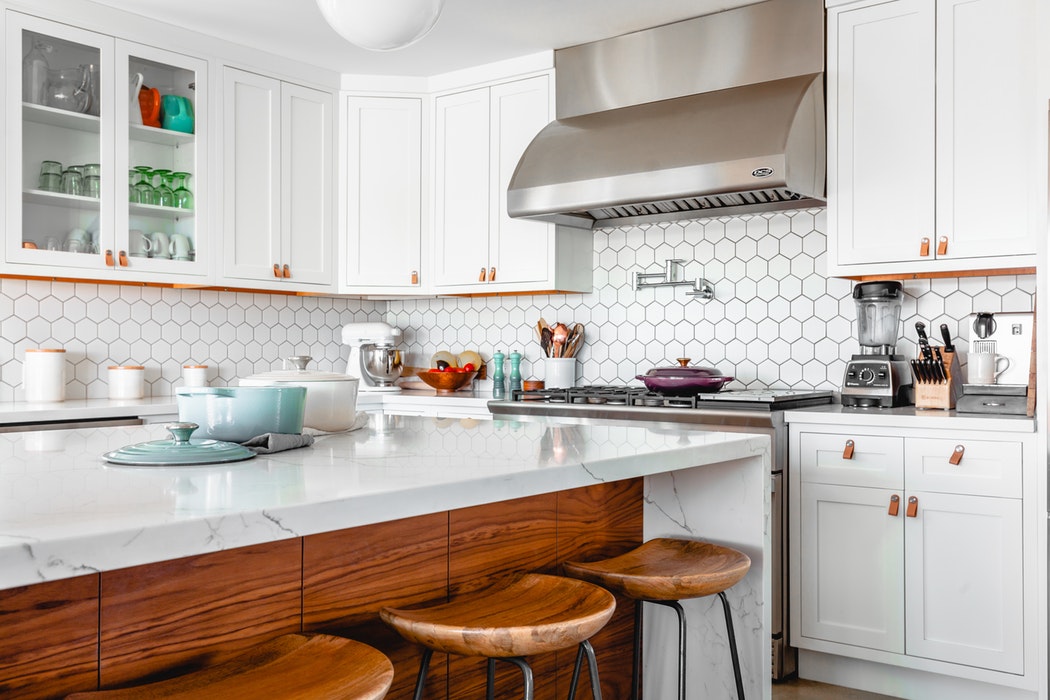You have considered every factor involved in planning for a home remodeling project. So you’d think.
One of the forgotten factors concerns the air pollution left behind by a home improvement project. Think about how much dust flies around after you bang a hammer a few times through drywall or how a lack of ventilation can turn using a power tool into a dangerous exercise that releases too much carbon monoxide.
When you decide to move forward with a home renovation project, you have to consider how the project will affect the air quality within the interior of your home.
Let’s review the four categories of indoor air pollutants, before looking at how home remodeling projects can affect your home’s air quality.
Categories of Indoor Air Pollutants
Science has defined a vast number of potential indoor air pollutants. For simplicity, we can place the potential indoor air contaminants into four categories.
Combustion Pollutants
As we mentioned, inferior ventilation and the use of power equipment like a generator can produce a dangerous level of carbon monoxide, carbon dioxide, and nitrogen oxide inside your home. Air intake devices placed in the wrong spaces can bring in way too much exhaust fumes generated by vehicles that pass nearby your home. Adding enough ventilation in the room or rooms where you plan to conduct most of home remodeling job will not only enhance your safety, but it will also improve your comfort level.
Biological Pollutants
For years, biological pollutants like mold, insects, and fungi have lurked behind walls and floor boards. Even the most nuanced home remodeling projects can disturb biological contaminants, which when released, will irritate your eyes, nose, throat, and lungs. Biological pollutants usually are found in the moist areas of a home, such as in the basement or up in the attic. In addition to creating health issues, biological pollutants can also adversely impact the structural integrity of a room.
Volatile Organic Compounds (VOCs)
You have probably heard about VOCs when discussing the potentially harmful health consequences of prolonged exposures to paint fumes. Your eyes, nose, and throat can become extremely irritated to the point of the need to seek medical attention. However, paint is not the only home improvement product that releases VOCs.
Here is a short list of other VOCs:
- Stains
- Varnishes
- Sealants
- Adhesives
- Carpeting
- Draperies
- Fabrics
- Cleaners
Avoiding the release of VOCs involves buying home improvement products that Scientific Certification Systems (SCS) has certified as green.
Particulates
Here is where the dust literally settles. Particulates represent the fine dust and fibers that flow through the air during home remodeling projects. Some particulates released from materials like gypsum, cement, fiberglass, and mineral wool simply create short-lived discomfort. More dangerous particulates are released from substances such as asbestos and lead dust. Before starting a home remodeling project, you should have your house inspected for the presence of dangerous particulates.
Types of Home Improvement Projects that Diminish Air Quality
Breaking up and tearing out drywall is one of the most common ways to produce unhealthy levels of dust and fiber. Another project that causes a diminishing of indoor air quality is replacing the roof or one of the floors inside of a room. Interior painting projects and the staining of wood trim also contribute to the development of poor interior air quality. If you leave the windows open during a major outdoor remodeling project, you can expect dangerous levels of combustion and biological materials, as well as particulates and VOCs, to enter your home. One of the most effective strategies for reducing indoor air pollution during a home remodel is to hire a licensed contractor that knows how to minimize the presence of dangerous VOCs and particulates.
How to Ensure Good Air Quality during a Home Remodeling Project
If you go the do-it-yourself route for a home remodeling project, you can take several measures that improve the quality of the air inside of your home.
First, read the labels on every substance and material you plan to use during a home remodeling project. You want to determine whether any of the substances and materials contain asbestos. Second, hire an inspector to test your home for air quality. You will be able to prevent the release of harmful VOCs and particulates if you are able to detect the presence of dangerous substances. Third, dehumidify the damp areas of the home and eliminate any mold and mildew that has grown because of moist conditions. Always work in areas that have plenty of ventilation, especially when you work in the attic or the basement. Work with stains, paints, and varnishes that possess very low levels of VOCs. Finally, seal off heating and cooling vents and ducts to prevent indoor pollutants from circulating into every room in your home. Your heating and cooling circulation system will greatly exacerbate the health dangers caused by the presence of VOCs and particulates.
Improve Indoor Air Quality with a Natural Stone Countertop
Did you know that by installing a natural stone countertop, you can lower your carbon footprint? The green countertop material like natural marble and granite requires little, if any prefabrication. The highly durable natural stone material will not release and dust or other particulates into the air during the installation process. As opposed to artificial countertop materials that include laminate, a natural stone countertop will not increase the level of VOCs inside your home. In fact, claims of natural stone countertops producing unhealthy levels of radon have long been discredited by the scientific community.
Shop locally to find a natural stone countertop that leaves a minimal carbon footprint and contains no harmful substances that diminish the quality of the air inside your home. Make sure to use a non-toxic sealant that contains low VOC levels. Your locally owned natural stone supplier will also help you select the best natural stone countertop that falls within your home improvement budget. When the natural stone countertop has reached the end of its lifespan, make sure to sell or donate the natural stone material to keep it out of the local landfill.
Finally, it pays to invest in a smart indoor air quality monitoring device that tracks all the important factors that can affect health and well-being. By having visibility in your indoor air quality, you’d be alerted to specific issues so you can promptly resolve them and with the insights that you can get overtime, you can create an air quality profile to help you create a safer, healthier home.







